Meta Description: Discover simple, effective ways to take care of your dog at home. Learn about feeding, grooming, training, and bonding—all from the comfort of your house.
Bringing a dog into your life is more than just gaining a pet—you’re welcoming a loyal companion into your family. But owning a dog is a big responsibility. If you’re wondering how to take care of a dog at home, you’re in the right place.
Whether you live in a small apartment or a spacious house, your dog depends on you for everything—food, comfort, love, and protection. Here’s how to give them the best life possible, right from your home.
🥣 1. Feed Your Dog Nutritious Food
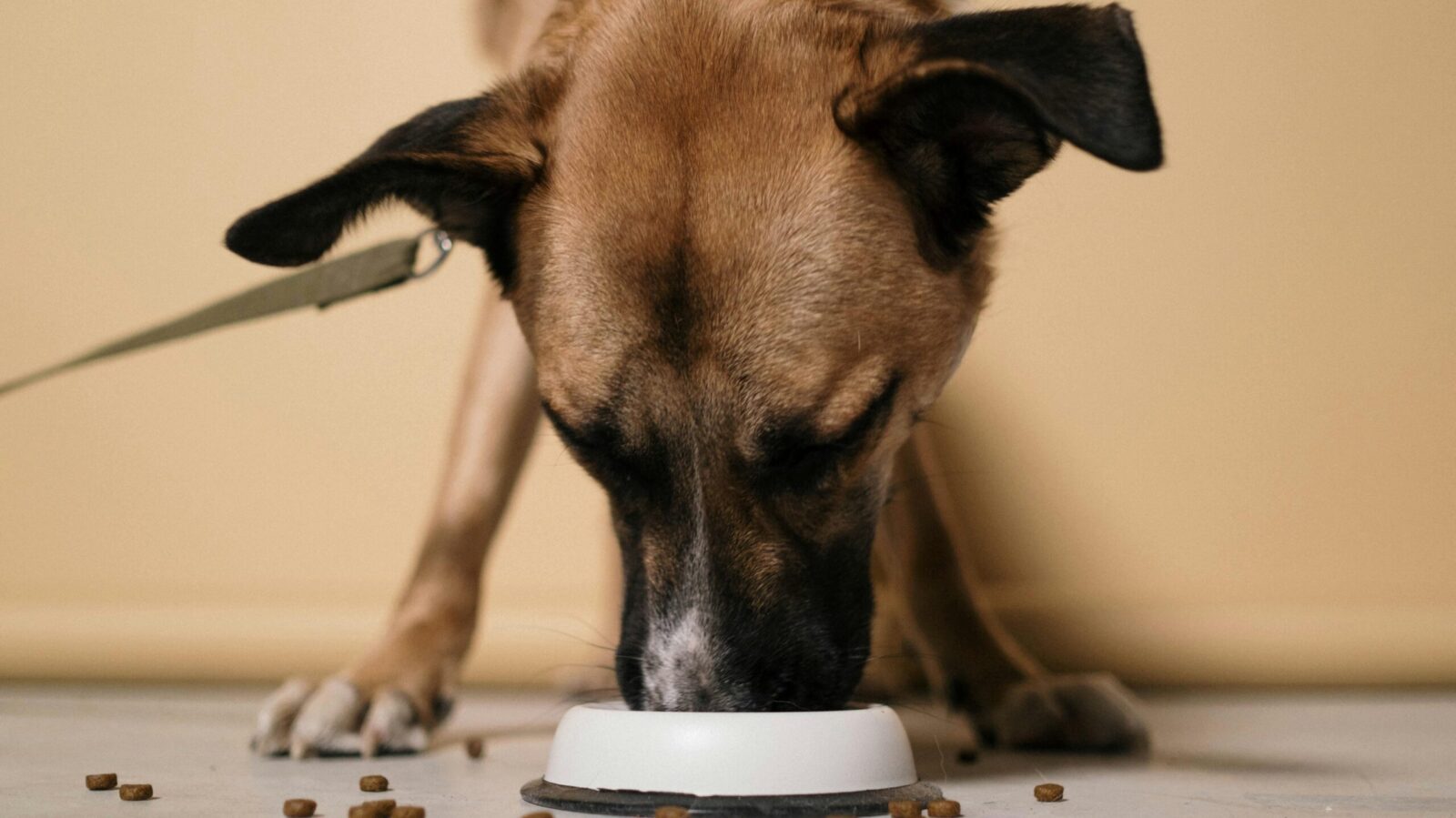
Taking care of a dog at home starts with feeding them the right food. Just like humans, dogs need balanced meals packed with essential nutrients.
Choose a food that’s:
- Tailored to their age (puppy, adult, senior)
- Suitable for their breed and size
- Free of artificial additives
You can choose from dry kibble, wet food, or a vet-approved raw diet. Always provide fresh, clean water 24/7.
Learn more in our article on Must-Have Dog Care Products where we talk about safe feeding tools and bowls.
🛁 2. Keep Up with Grooming
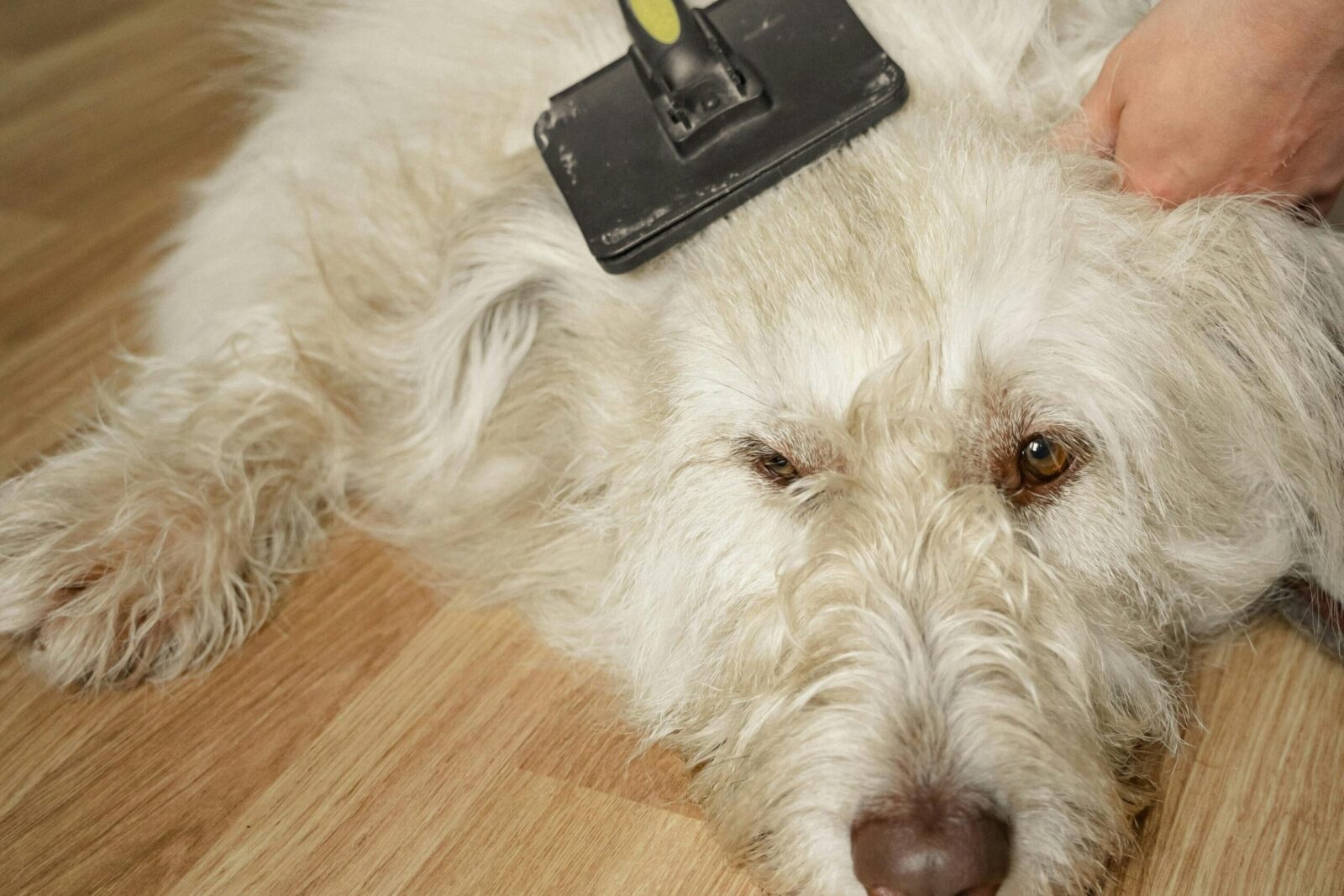
Even at home, grooming is non-negotiable. A clean dog is a healthy and happy dog. Regular grooming also helps you detect fleas, ticks, skin infections, or any abnormal bumps early.
At-home grooming includes:
- Brushing your dog’s coat regularly (especially for long-haired breeds)
- Bathing with dog-safe shampoo every 4–6 weeks
- Trimming their nails monthly
- Cleaning ears and brushing teeth
Use a grooming routine as a bonding time—it builds trust and helps your dog relax.
🧸 3. Provide Mental and Physical Stimulation
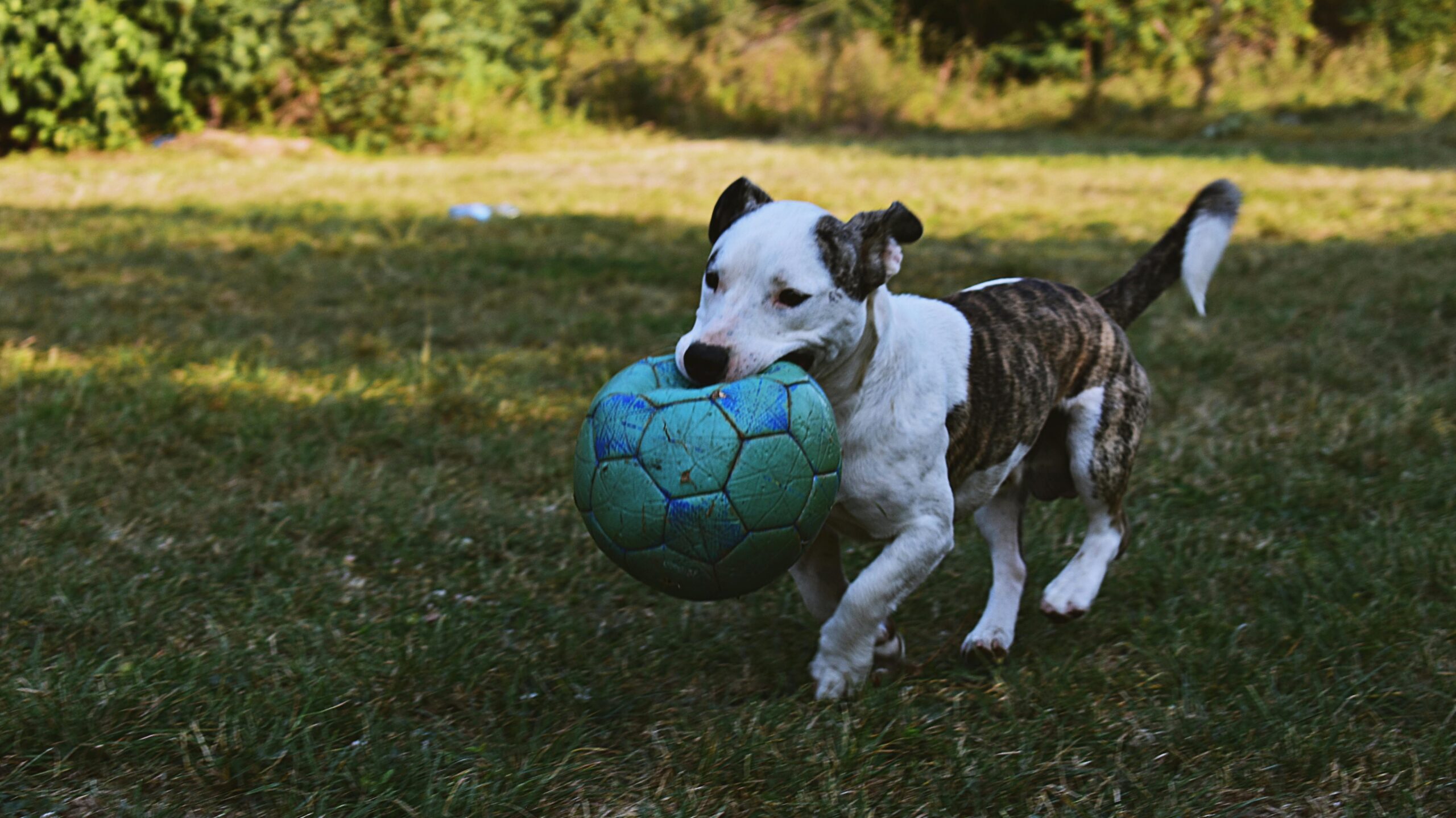
Dogs need daily exercise and mental stimulation, even when you’re indoors. Without it, they can become bored or even destructive.
At-home ideas:
- Indoor fetch or stair games
- Puzzle toys that release treats
- Hide-and-seek with their favorite toy
Short walks around the house or yard, combined with playful activities, will keep your dog physically and mentally fit.
AKC: Indoor Activities for Dogs
🐾 4. Set a Routine for Potty Breaks and Walks
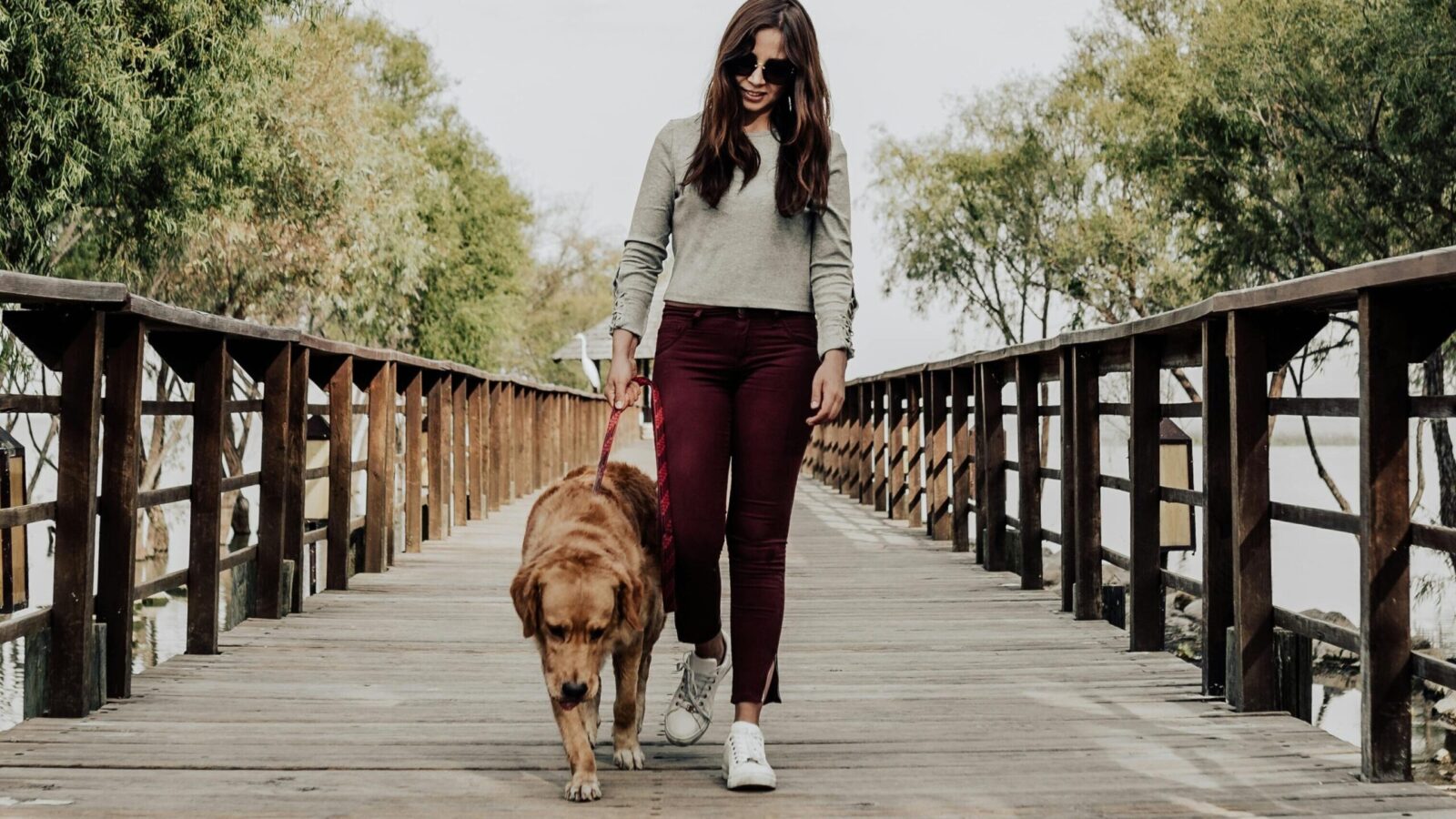
Structure makes your dog feel secure. If you’re house-training a puppy or managing an older dog, sticking to a consistent potty schedule is key.
Take your dog out:
- First thing in the morning
- After meals
- Before bedtime
- Every 4–6 hours (for adult dogs)
If going outside isn’t an option, use indoor potty pads or artificial grass patches.
🐕 5. Train with Kindness

Training is essential for good behavior and safety. Fortunately, you can teach your dog a lot right at home.
Start with basic commands like:
- Sit
- Stay
- Come
- Leave it
Use positive reinforcement—reward them with treats, praise, and affection when they succeed. Avoid yelling or physical punishment, as it breaks trust and causes anxiety.
Combine training with our full Dog Care Tips guide for a stronger relationship with your pet.
🏡 6. Create a Safe and Comfortable Space
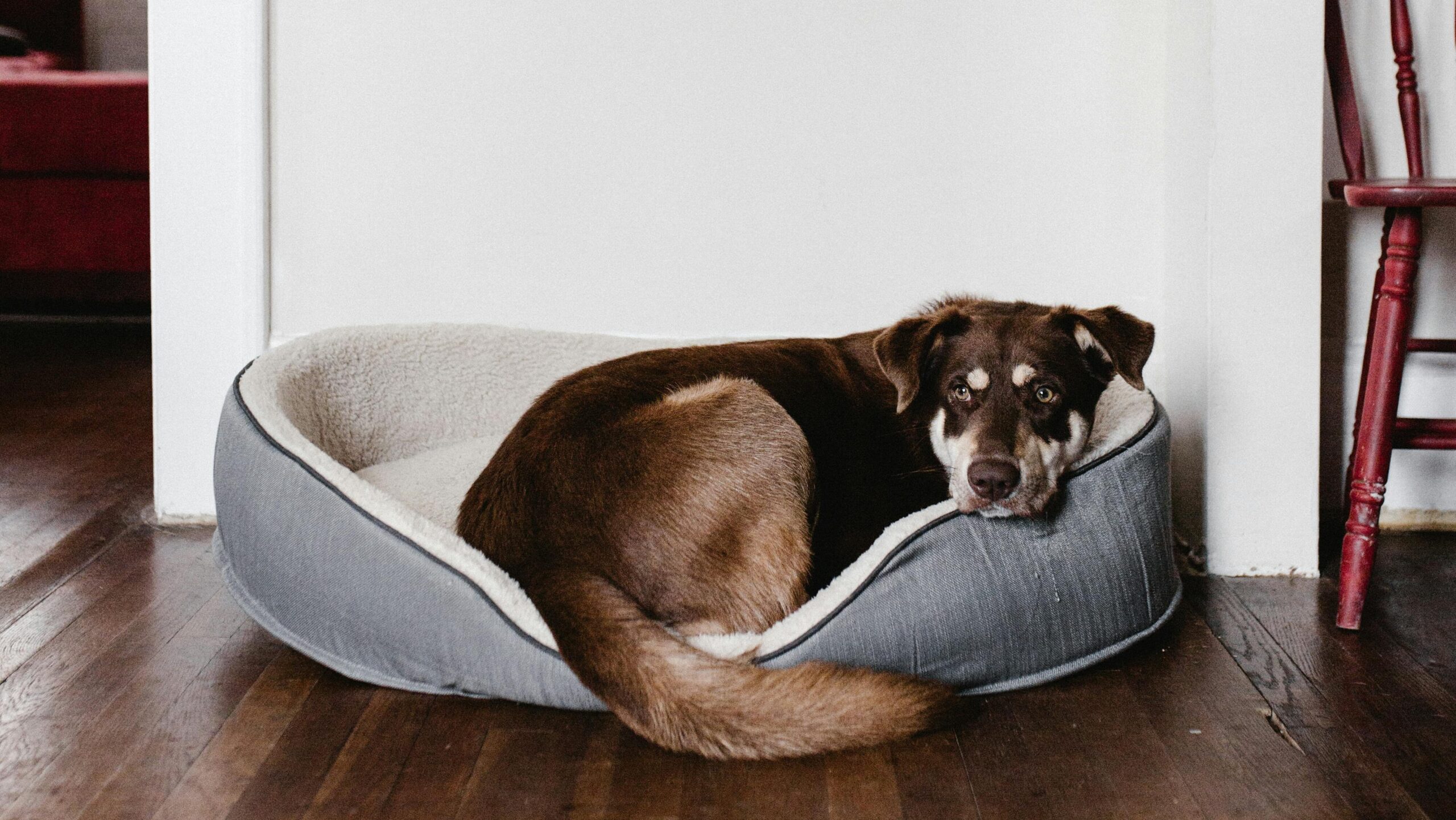
Your dog needs a quiet, cozy spot they can call their own. This could be a soft bed in a quiet corner or a crate with blankets and toys.
Make sure your dog’s space:
- Is away from foot traffic and noise
- Has access to food and water
- Feels safe, especially during loud events like storms or fireworks
Dogs, especially puppies, love having a “den” where they can relax without being disturbed.
🪥 7. Don’t Forget Dental Care
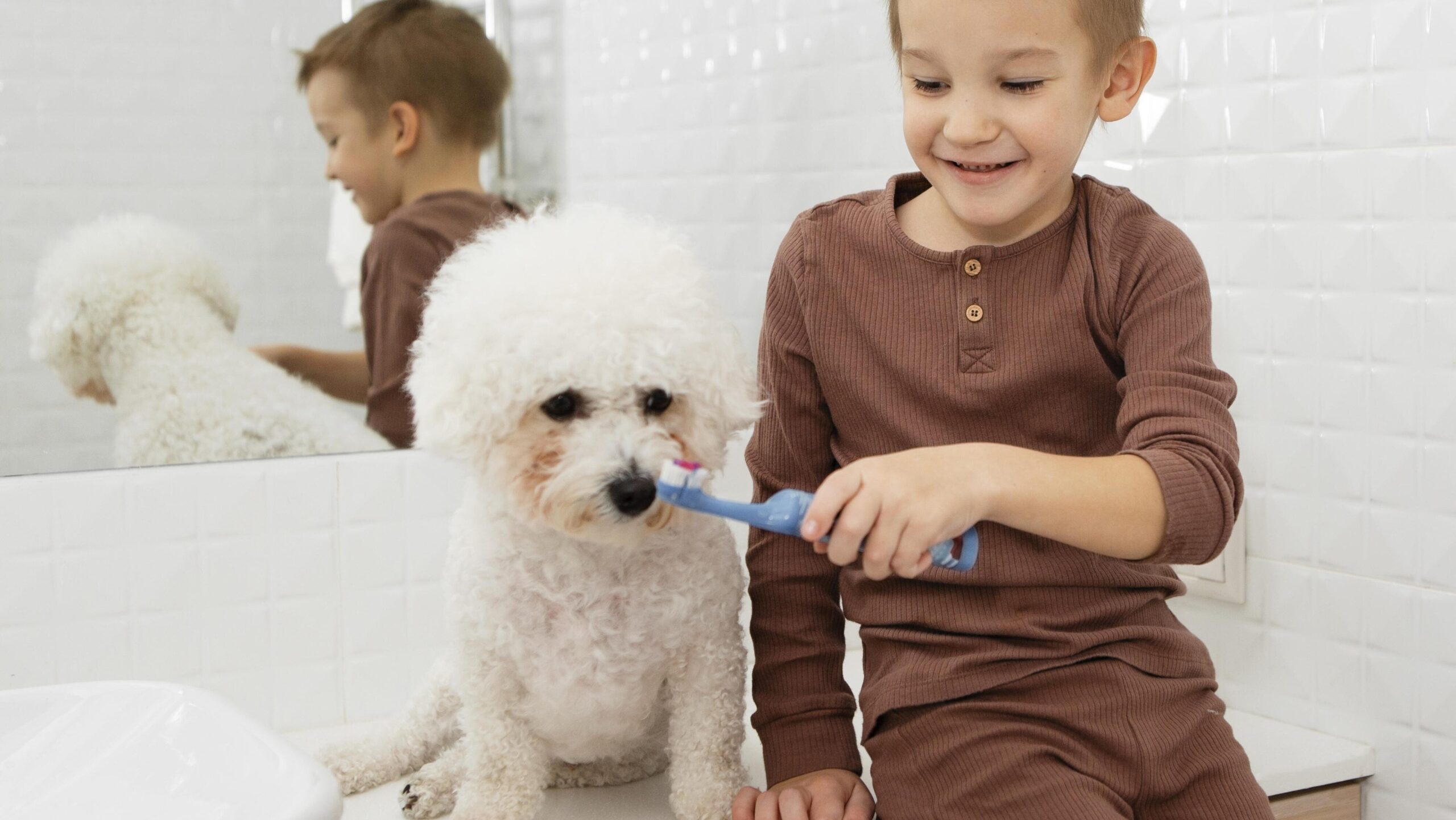
Dog dental hygiene is often ignored, but it’s a crucial part of at-home care. Poor dental health can lead to infections, tooth loss, or even organ damage.
You’ll need:
- Dog-safe toothpaste and toothbrush
- Dental chews
- Occasional oral rinses or water additives
Start slowly and reward them for staying calm during brushing. Once they get used to it, it becomes easy!
PetMD Guide to Dog Dental Care
🩺 8. Stay Up to Date with Vet Checkups
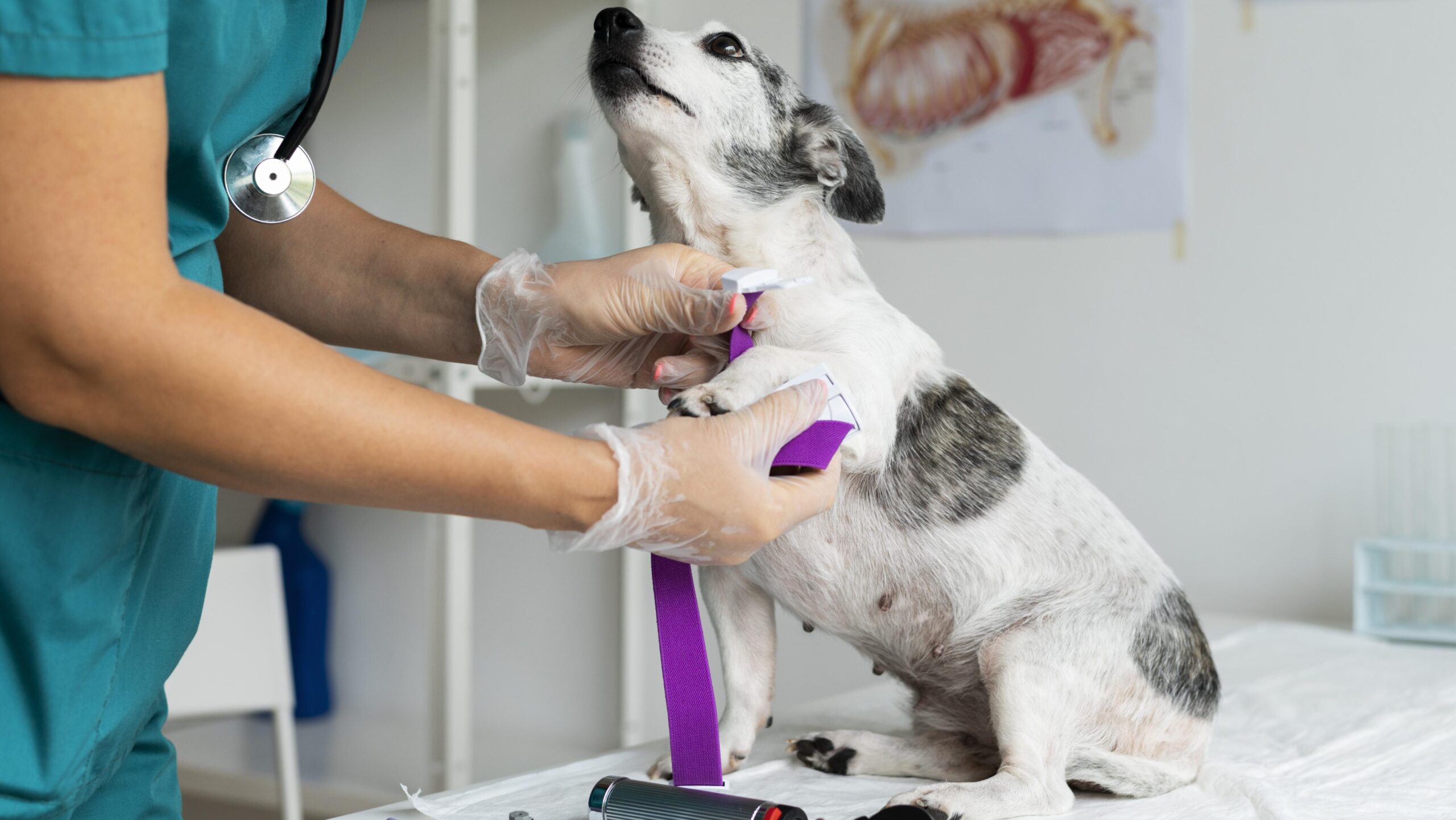
Even when caring for your dog at home, regular vet visits are important. Set reminders for vaccinations, deworming, and flea/tick prevention.
Watch out for:
- Sudden behavior changes
- Loss of appetite
- Vomiting or diarrhea
- Unusual lumps or skin issues
Early detection can save your dog’s life.
🧹 9. Clean Their Living Area Regularly
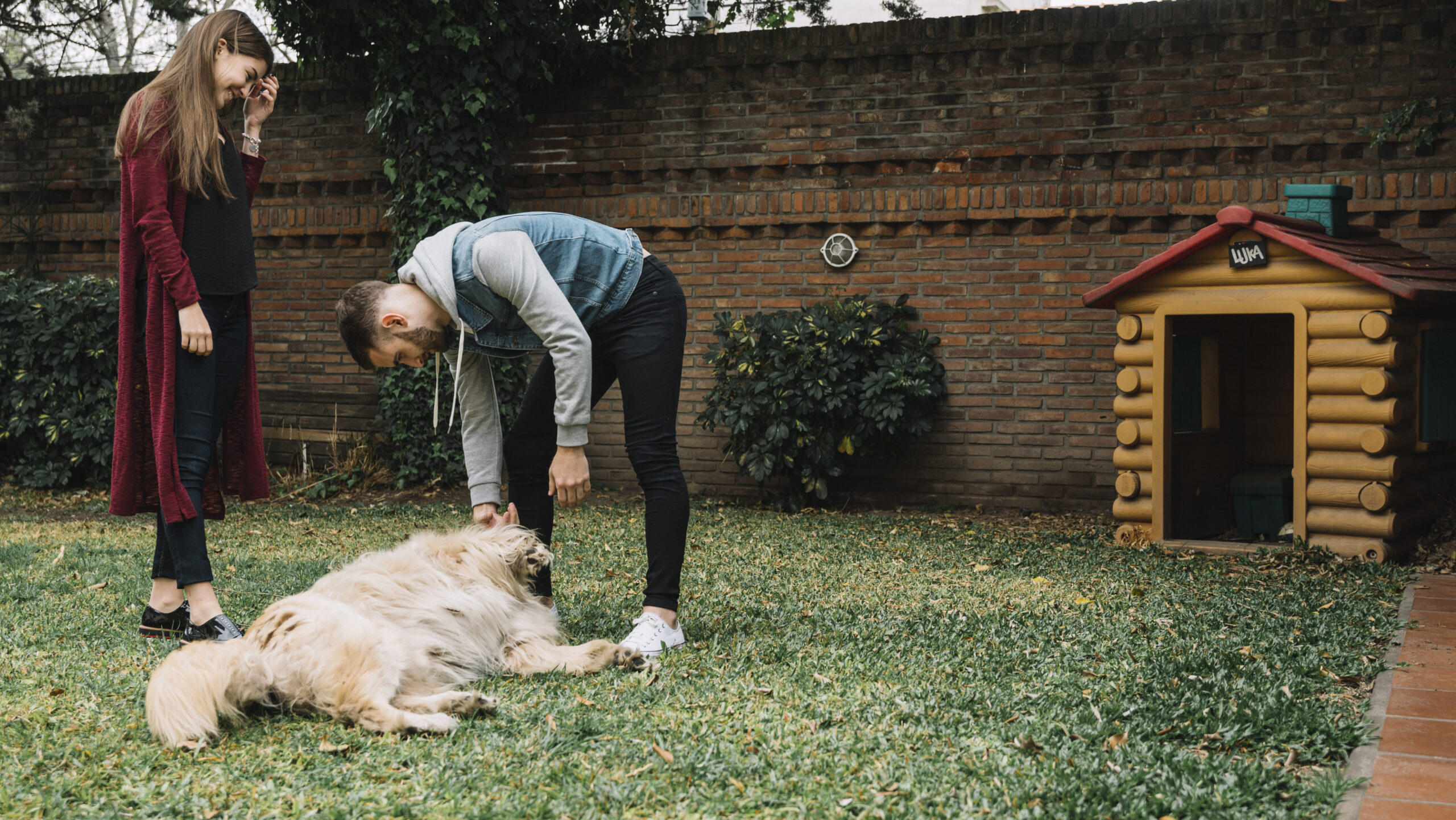
Hygiene is part of health. Keep your dog’s bowls, bed, toys, and play areas clean. Vacuum fur regularly and clean up any accidents quickly using enzyme-based cleaners.
Use:
- Biodegradable poop bags
- Washable bedding
- Disinfecting wipes (pet-safe)
A clean space means fewer bacteria, fewer smells, and a healthier home for both you and your pet.
🐶 10. Show Them Love and Affection
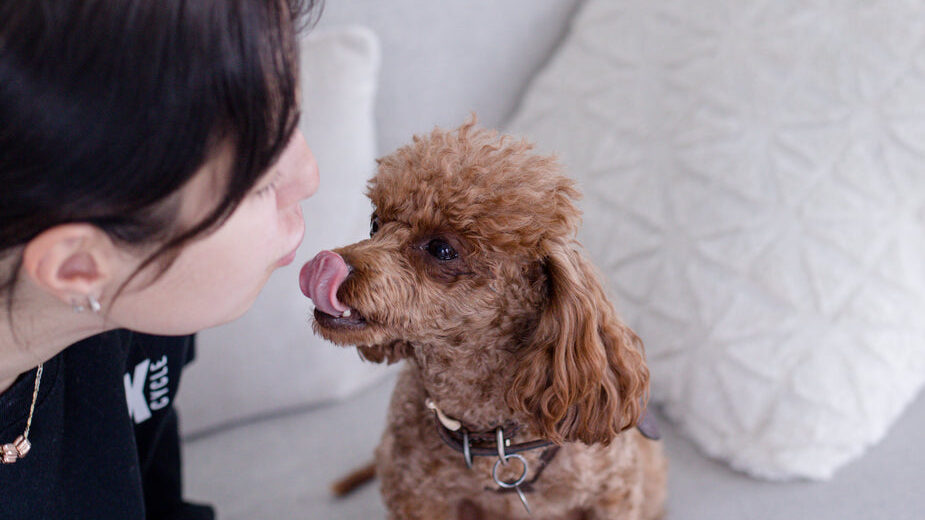
This may be the simplest yet most powerful tip. Dogs thrive on attention, affection, and connection. Pet them, talk to them, and spend quality time together.
Even if you’re busy, a few minutes of cuddles, scratches, or a fun game can mean everything to your dog.
❓ FAQs – Taking Care of a Dog at Home
Q1: Can I leave my dog alone while I’m at work?
A: Yes, but not for long hours. Leave them with water, toys, and a comfortable place. For extended periods, consider hiring a dog walker or sitter.
Q2: How do I keep my dog from getting bored indoors?
A: Use interactive toys, training games, or rotate toys weekly to keep them engaged.
Q3: What should I do if my dog is sick but I can’t go to the vet?
A: Call your vet for guidance. Many offer telehealth consultations. Keep your dog comfortable and monitor symptoms closely.
Q4: How can I tell if my dog is happy at home?
A: A happy dog eats well, wags their tail, plays, and seeks affection. If they seem withdrawn or aggressive, something may be wrong.
❤️ Final Thoughts
Learning how to take care of a dog at home isn’t just about feeding and cleaning—it’s about building a bond, understanding your dog’s needs, and giving them a safe, loving environment.
From daily grooming to playtime and emotional support, every small act of care makes a big difference.
📎 Explore more with our guides on:
Must-Have Dog Care Products
Your dog is counting on you—and you’re already on the right path.
